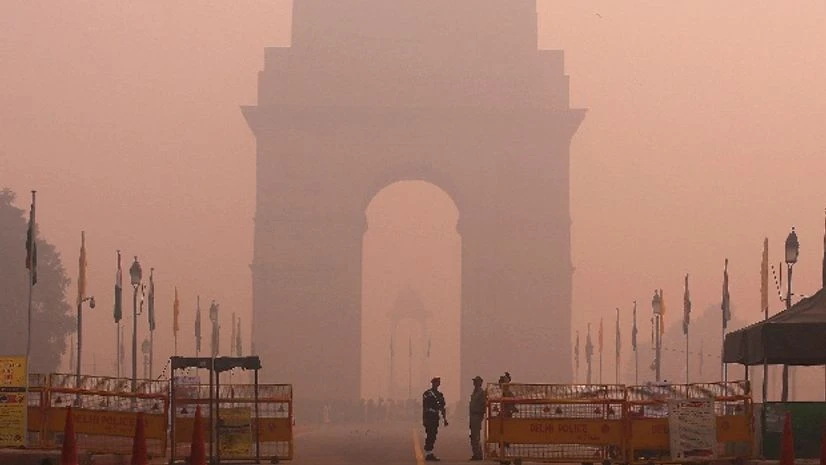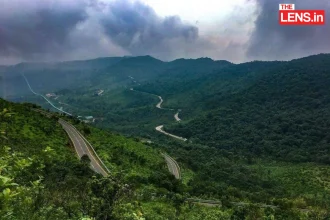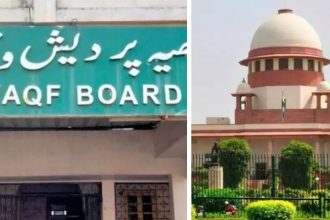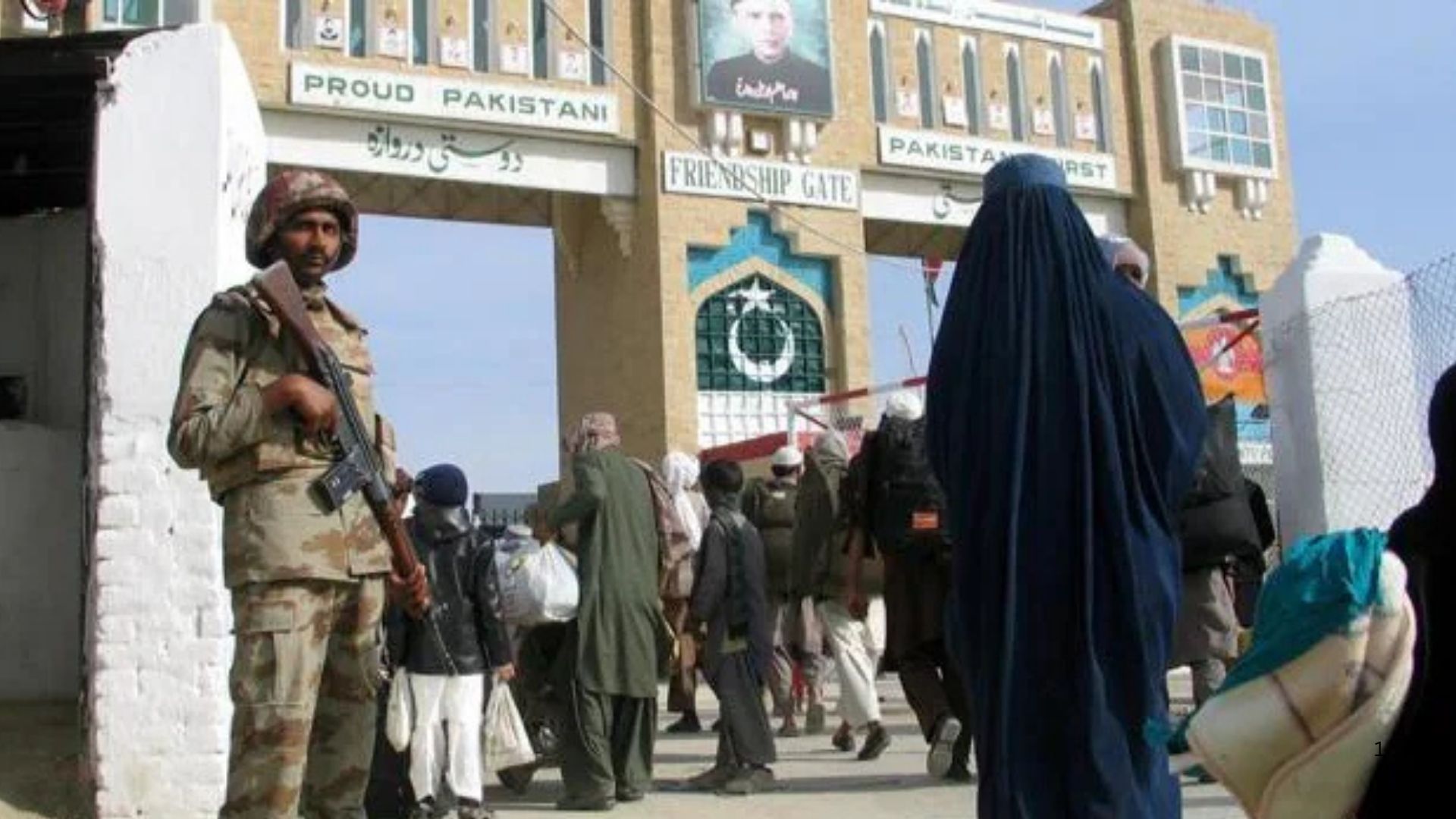Delhi is again in its notorious state. A toxic furnace with visible air and invisible surroundings. Each year Diwali is a contentious occasion. Heralding the onset of the 3 month long windless winter, until the western disturbances take over and the winds start blowing, Diwali marks the annual chocking of the city.
This year the extended spell of monsoons, the flooding of Haryana and Punjab’s paddy fields meant the city had enough winds, and fewer stubble burning. Still we are bang back on track.
The AQI is again past 400. Diwali crackers would take the blame for this onset. But we have the entire season ahead of us and the phenomenon is not limited to Delhi, the entire North Indian plains are affected.
Ritualistic steps like invoking GRAP restrictions on construction, demolition, stone crushers, plying of older vehicles and even running of schools or sprinkling water to settle particles have never yielded any results and would not do much this time too.
Delhi is not the first place to face such situation. The London smog disaster of 1952 had caused more than 4000 excess deaths overnight and the city enjoys aqi of almost zero round the year. Beijing has overcome similar situation over the past decade.
Arbitrary measures like cloud seeding and artificial rains would only complicate the problem further.
The solution lies in long term planning and discipline.
Regulating illegal and unauthorized constructions, promoting clean public transportation systems, enforcing pollution control norms, incentivizing and subsidizing farmers against stubble burning, planning not for limited areas like Delhi but the entire geographical region is important for addressing the problem.
Delhi pollution has long been a matter of political slugfest. This year the buck stops squarely with the central government and the home minister. They need to act now.









